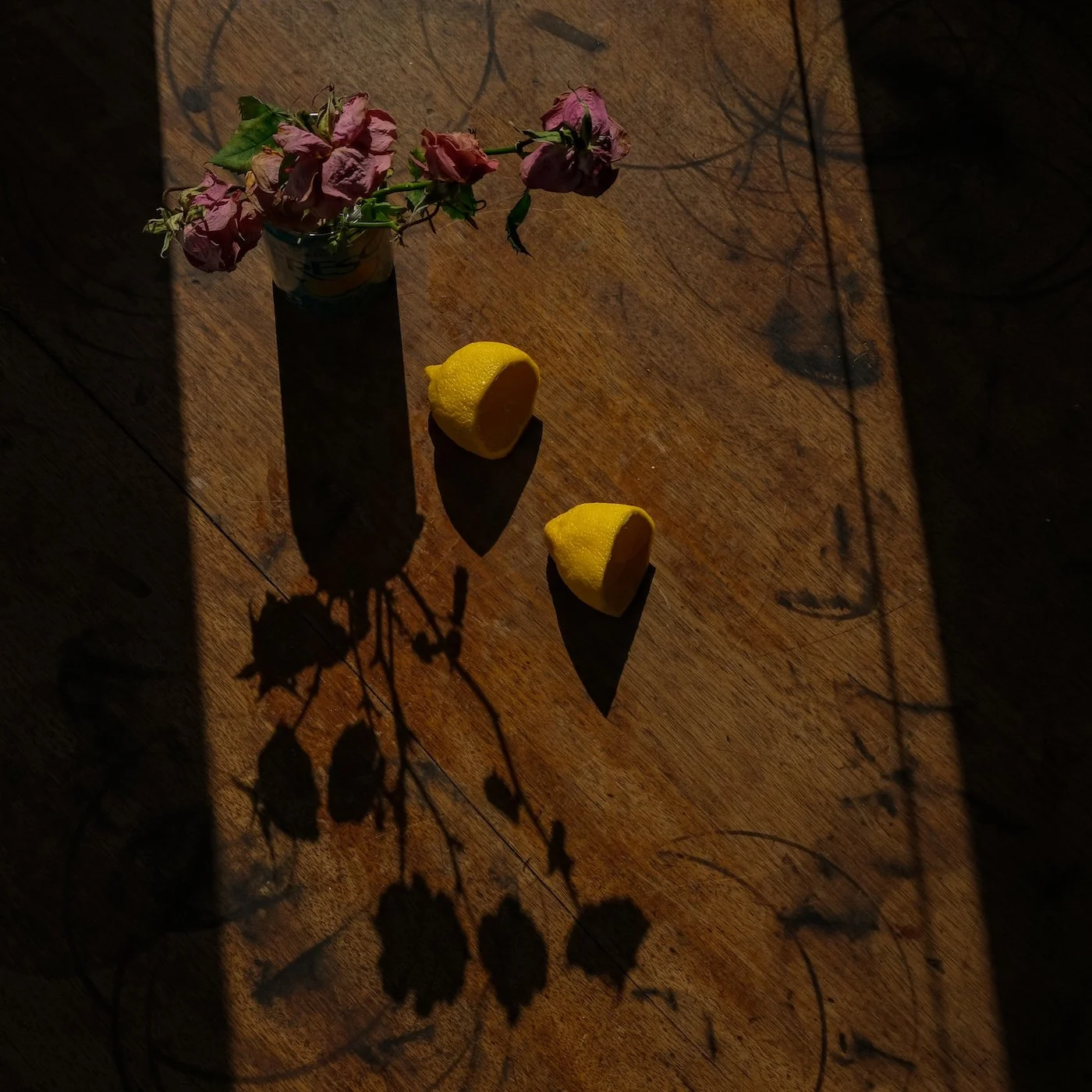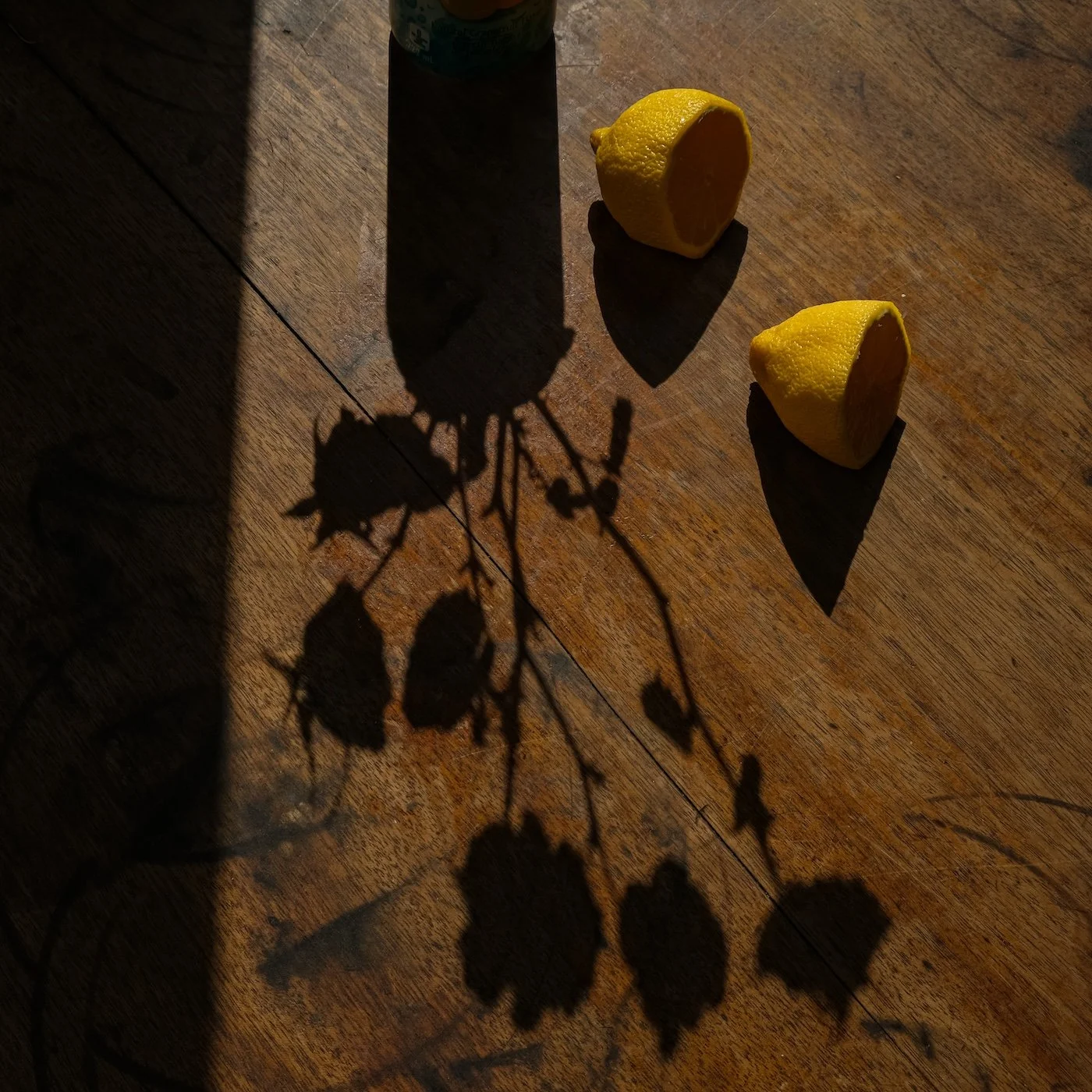Live Like an Artist: Rituals and Alignment
— I’ve been reading The Disappearance of Rituals by Byung-Chul Han. Rituals stabilize life, he says, and he quotes Antoine de Saint-Exupéry who says rituals are “temporal techniques of making oneself at home in the world.” He talks about how things can be stabilizing points, a table, a chair. But today, things are consumed, taking away the mode of lingering. He talks about how smartphones are not things because “lingering” is “impossible.” There is a “restlessness inherent in the apparatus [that] makes it a non-thing.” We are compelled compulsively by our phones. “They consume us.”
— “Ritual practices ensure that we treat not only other people but also things in beautiful ways, that there is an affinity between us and other people as well as things…” (Byung-Chul Han).
— “Digital communication is extensive communication; it does not establish relationships, only connections.” (BCH) Digital communication is disembodied, but “rituals are processes of embodiment.”
— Rituals bring about resonances in a community and without them we lose “accord.” “Where resonance disappears completely, depression arises. Today’s crisis of communication is a crisis of resonance.” The digital sphere is an echo chamber where we hear mainly our own bullshit. (My word not his). If you’re interested in reading more about this book, there’s a really good rundown here.
— The digital sphere is horizontal, when what people crave is the vertical or deep engagement. As artists we are all about the vertical. I can’t help but think about how we all keep being fed this stuff we don’t really want. AI, the annoying stuff the algorithm pukes up, the smoothening out of our seeing via AI, the theft of our work and our words.
— AI continues to disgust. Everyone who made a doll in a box of themselves needs to read how unethical the new datacentres are. And anyone who teaches anything about AI needs to start off by talking ethics. I guess in this day and fucking age no one cares about fair use and copyright or the environment.
— As for artists, we can keep going vertical. We can keep to our rituals in the studio or study or art-making place.
— “In the studio you should not squander love or courage.” (Enrique Martinez Celaya in On Art and Mindfulness).
— It feels as though in so many ways we’re back to survival mode, we in our relatively safe and privileged environments.
— Celaya again: “Creativity often comes from survivals skills, from having to solve problems in inventive ways because you did not have more obvious means at your disposal. Many people tend to associate creativity with freedom and moving laterally across a field of possibilities; in fact creativity is frequently a response to limits and it usually demands a vertical, deeper incursion in the material.”
— And again: “An artistic practice is anything we do regularly — rituals, habits, tasks — that supports our work as artists. Unlike theories or beliefs, a practice is revealed less by what is said than by what is done and perhaps even more by how it is done.”
— I keep thinking about how as artists it’s helpful to feel creatively, spiritually, ethically aligned. And of course parts of our days are not our own, most of us. But if we can become marginally aligned in the space and time that is not in our studio with whatever it is that we do, that helps the feeling of being aligned when we’re making our art. Does it have to do with feeling as close to who we are, our authentic self. Amina Cain in A Horse at Night says, “For me, authenticity means that how I act and what I say and how I actually feel around others is aligned, that I am connected to myself and to another person at the same time. I want my writing to be authentic too, for every sentence to reach toward honesty and meaning.”
— I recently took Art Objects from Jeanette Winterson off the shelf where it’s been for a very long time. Too long. I was always impressed by the doubleness of the title. Anyway, it was refreshing to read her essay on looking at art. I have always loved her proposal: “Supposing we made a pact with a painting and agreed to sit down and look at it, on our own, with no distractions, for one hour.” The painting she wants us to look at ought to be an original, and she says, it’s helpful if we like it at least a little to begin with. (Not to harp on the AI thing but you cannot look at such an image for more than 2 seconds without the stomach churning).
— What’s interesting to me is that what Winterson wrote in 1995 seems so radical to say now. So fresh. She says, “The true artist is connected. The true artist studies the past…” “The true artist is interested in the art object as an art process, the thing in being, the being of the thing, the struggle, the excitement, the energy, that have found expression in a particular way. The true artist is after the problem.”
— Winterson says, “I do know that the process of art is a series of jolts, or perhaps I mean volts, for art is an extraordinarily faithful transmitter. Our job is to keep our receiving equipment in good working order.”
— I hope you can find some rituals in your everyday life. I hope you find some rituals in your art-making process. I hope you find that your soul is in alignment. I hope you can find some time to linger with and look at a painting for an hour. I hope you can keep receiving.
— Do not squander.






